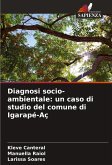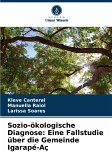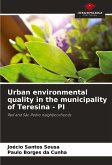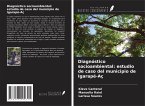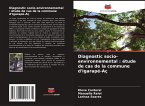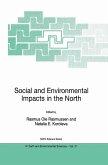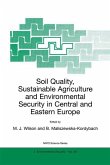The Amazon region is rich in terms of biodiversity, both plant and animal. Therefore, knowing how to manage this biological diversity is fundamental to sustaining it. This region is home to the municipality of Igarapé-Açu in the north-east of Pará, the target of this study. According to the Brazilian Institute of Geography and Statistics (IBGE), the municipality covers 786 km² and has a population of 35,887 inhabitants, 63.82% of whom live in urban areas, according to the 2010 census. In this context, the aim was to carry out a socio-environmental diagnosis of the municipality of Igarapé-Açu, highlighting the physiographic aspects of the study area of the aforementioned municipality, among them: climate, vegetation, soils, hydrography, geomorphology, geology, biodiversity, as well as establishing the socio-economic relationship of the study site. It also aims to identify the region's environmental problems and suggest possible proposals to favour socio-environmental improvements.
Bitte wählen Sie Ihr Anliegen aus.
Rechnungen
Retourenschein anfordern
Bestellstatus
Storno


